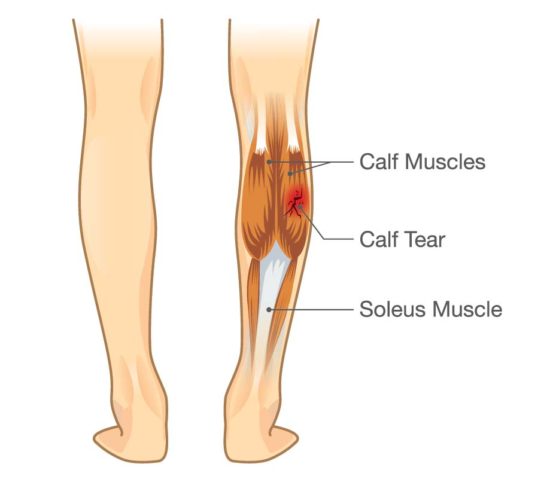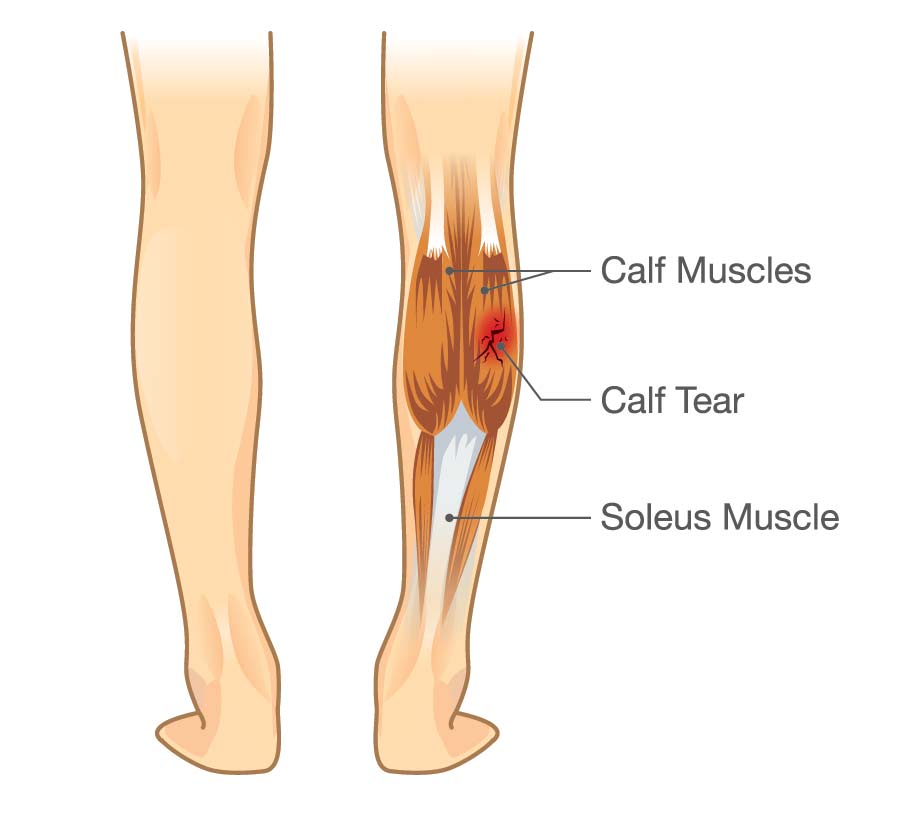
shutterstock.com #524945713
In a study of 149 calf muscle strain injuries (CMSI) among 123 Australian Football League players, researchers from the La Trobe Sport and Exercise Medicine Research Center sought to determine whether clinical and radiological factors can be predictive of both return to play and/or re-injury.
CMSI are common soft tissue injuries among Australian footballers with highly variable outcomes, such as return to play ranging from 0 to 102 days, and re-injury rates ranging from 4% to 16%. Yet, little is known about factors that can influence prognosis.
For the study, all CSMI injuries were classified by 2 radiologists using MRI for the following: strain position, anatomical location, presence and extent of connective tissue disruption (CTD); and waviness.
Findings they reported at the 2019 ASICS Sport Medicine Australia Conference last October included:
- Soleus injuries constituted 84.6% (n=126) of the total number of injuries. Most common location was the lateral (30.2%), medial (23%), and central (16.7%) intramuscular aponeuroses.
- Gastrocnemius injuries accounted for 11.4% (n=17) of the total, with the anterior intermuscular aponeurosis (medial: 47.1%, lateral: 41.2%) being most common.
They reported no significant differences in the number of days to return to play when comparing the anatomical location of injury. However, soleus injuries with CTD took 9.5 days longer to return to play than injuries with no CTD (mean 29.4 ±15.4 vs 19.9 ± 11.4 days, P = 0.03). CTD was shown to be predictive of a worse prognosis for return to play (HR = 0.48, P = 0.01), as was a running mechanism of injury (HR = 0.55, P = 0.02).
The soleus was involved in more than 90% of re-injuries with cumulative incidence highest within 2 months of the index strain (46.9%). At baseline 65.6% had evidence of CTD, but their analysis showed that a history of previous CMSI at the time of the index strain (HR: 5.6, P = 0.006) was the only factor predictive of re-injury.
Overall, the authors note that when determining return to play, clinical and radiological factors together assist with estimating prognosis: a running mechanism of injury and evidence of CTD on MRI. For re-injury, clinical factors provide the greatest prognostic value: whether the athlete has a history of previous CMSI, and soleus involvement.
Source: Green B, Lin, McClelland J, et al. Which factors are predictive of return to play and re-injury following calf muscle strain injury? J Sci Med Sport. 2019;22(S2):S19.







